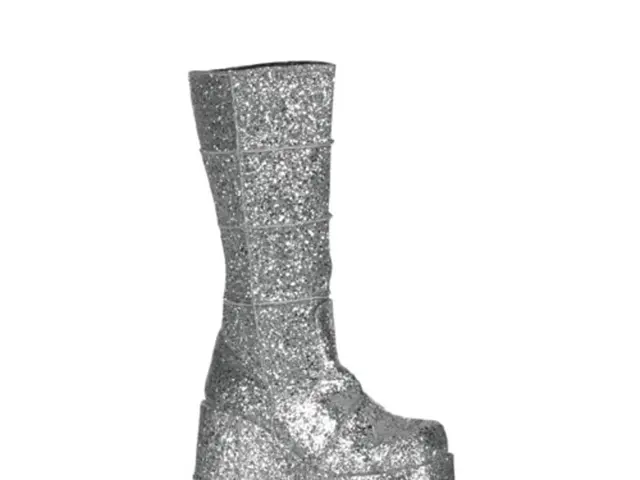Top 10 blunders to elude when handling your audio speakers
In the quest for the ultimate audio experience, finding the right speakers for your room size and placement is crucial. Here's a guide to help you make an informed decision, based on expert advice from senior test teams at speaker review websites.
1. **Match Speaker Size to Room Size**
For smaller rooms or close listening positions, compact bookshelf or standmount speakers are ideal. They fit well on shelves or stands near walls without overwhelming the space and perform well in smaller areas, especially near reflective surfaces. In contrast, larger rooms benefit from floorstanding speakers, which have larger cabinets and more drivers to deliver louder, fuller sound that can effectively fill big spaces[1][2].
2. **Speaker Placement Basics**
Aim for an 8-12 feet listening distance from your speakers for an optimal soundstage. Position speakers at least 1 foot away from walls to reduce unwanted resonance. Place speakers at ear level or slightly above at your primary listening position for the best clarity and imaging[3]. Arrange speakers to form an equilateral triangle with your listening seat for balanced stereo sound[4]. For home theater surround setups, place the center channel directly below or above the screen at ear level, surround speakers slightly behind your listening position, and subwoofers usually in room corners[5].
3. **Consider Room Acoustics and Furniture**
Reflective surfaces, such as hard floors and bare walls, can influence sound tonality. Use rugs, curtains, or absorptive materials to improve acoustics[2][6]. Adjust speaker placement to avoid furniture interference and allow sound to disperse freely[6].
4. **Advanced Placement Tips for Dolby Atmos or Multi-Channel Systems**
For precision in positioning height and bed layer speakers, use measurements from your listening position to speakers. For example, multiply the distance from the center speaker to your listening seat by ~0.58 to find optimal side speaker placement[3]. In larger rooms, ceiling-mounted speakers can enhance surround and height effects[5].
5. **Additional Considerations**
- Room size and shape, furniture, and acoustics heavily influence both speaker selection and placement, so adjustments and experimentation are often necessary[6]. - Using poor-quality speaker cable can limit the potential of the components used in the speakers. It is recommended to budget 10-15% of the system cost on cables[7]. - Placing speakers in the corner of a room can amplify problems with low frequencies[8]. - Speakers placed close to a wall should be designed for such placement to avoid problems with low frequencies[9]. - Bookshelf speakers should not be placed on a bookshelf. Instead, they should be placed on quality speaker stands for proper support[10]. - Leaving the grilles on speakers can affect sound quality due to the frame acting as a sound reflector and the grille cloth affecting higher frequencies[11]. - Buying speakers that are too small for a room can lead to loss of bass weight and suffering dynamics[12]. - Buying speakers that are too large for a room can cause bass to dominate and create an unbalanced sound[13].
In summary, small rooms are best suited to bookshelf or standmount speakers positioned away from walls and at ear level, while large rooms benefit from floorstanding speakers placed with enough distance for sound to fully develop. Proper placement forming an equilateral triangle with the listener and attention to room acoustics are essential to maximize performance[2][3][4].
- To get a clear preview of how speakers will perform in your space, consider reviewing online showcases or demos of the models you're interested in.
- Expert speaker reviews can offer valuable insights and guidance on choosing the right speakers for various room sizes and audio applications.
- For those in the market for a new turntable, it's worth considering its compatibility with your existing speakers and amplifier setup.
- At music events or audio technology expos, you can get hands-on experience with various gadgets and hi-fi components, helping you make a better deal when buying new speakers.
- Before buying speakers, ensure to read through user reviews and feedback to better understand their pros and cons, helping you make an informed purchase decision.
- Upgrading your speakers can greatly improve your entertainment setup, providing a more immersive audio experience that showcases the power of modern technology in audio solutions.






